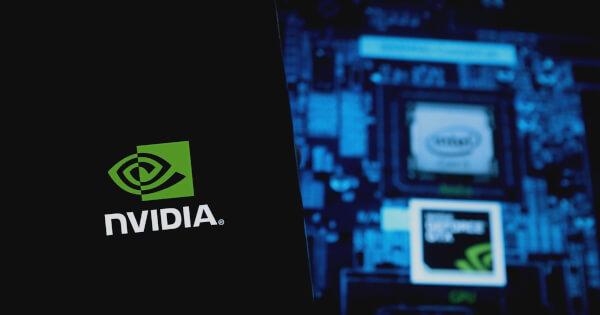Ted Hisokawa
Apr 11, 2025 07:05
Explore how Polars GPU Parquet Reader boosts performance using chunked reading and Unified Virtual Memory, enhancing data processing capabilities for large datasets.
The performance of data processing tools is crucial when handling large datasets. Polars, an open-source library renowned for its speed and efficiency, now offers a GPU-accelerated backend powered by cuDF, significantly enhancing its performance capabilities, according to NVIDIA’s blog.
Addressing Challenges with Nonchunked Readers
The Polars GPU Parquet Reader, up to version 24.10, faced challenges with scaling when handling larger datasets. As scale factors increased, performance degradation became evident, particularly beyond the SF200 mark. This was due to memory constraints when loading substantial Parquet files into the GPU’s memory, leading to out-of-memory errors.
Introducing Chunked Parquet Reading
To mitigate memory limitations, the chunked Parquet Reader was introduced. It reduces the memory footprint by reading Parquet files in smaller chunks, thus allowing Polars GPU to handle larger datasets more efficiently. For instance, implementing a 16 GB pass-read-limit enables better execution across various queries compared to nonchunked readers.
Leveraging Unified Virtual Memory (UVM)
While chunked reading improves memory management, integrating UVM further enhances performance by allowing the GPU to access system memory directly. This reduces memory constraints and improves data transfer efficiency. The combination of chunked reading and UVM enables successful execution of queries at higher scale factors, although throughput may be impacted.
Optimizing Stability and Throughput
Choosing the right pass_read_limit is essential for balancing stability and throughput. A 16 GB or 32 GB limit appears optimal, with the former ensuring all queries succeed without out-of-memory exceptions. This optimization is crucial for maintaining high performance across larger datasets.
Comparing Chunked-GPU and CPU Approaches
Even with chunking, the observed throughput generally surpasses that of CPU-based Polars. A 16 GB or 32 GB pass_read_limit facilitates successful execution at higher scale factors compared to nonchunked methods, making chunked-GPU a superior choice for processing extensive datasets.
Conclusion
For Polars GPU, utilizing a chunked Parquet Reader with UVM proves more effective than CPU-based methods and nonchunked readers, particularly with large datasets and high scale factors. By optimizing the data loading process, users can unlock significant performance improvements. With the latest cudf-polars (version 24.12 and above), chunked Parquet Reader and UVM have become the standard approach, offering substantial enhancements across all queries and scale factors.
For further details, visit the NVIDIA blog.
Image source: Shutterstock














